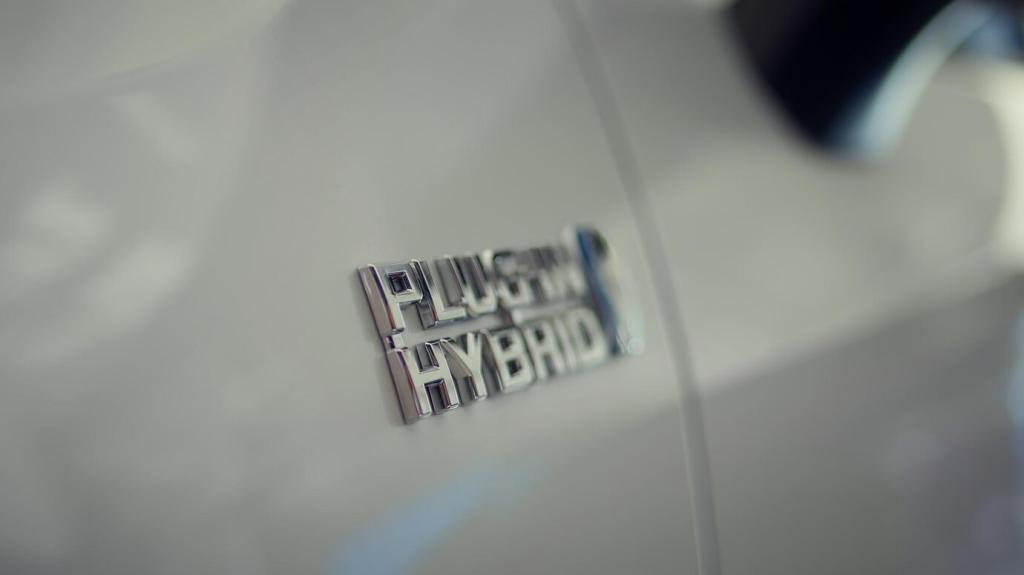Understanding Light, Energy, and Impact
Quality LEDs use around 75–85% less energy than incandescent bulbs and can last tens of thousands of hours, slashing both waste and hassle. They also waste less heat, dim smoothly, and increasingly offer high color rendering for natural, satisfying tones. Try replacing your most-used bulb first and share your energy-bill results with us.
Understanding Light, Energy, and Impact
Watts measure power, but lumens measure brightness. For a familiar glow, aim near 800 lumens for a typical “60W equivalent,” and prefer high color rendering (CRI 90+) for true-to-life colors. Read the Lighting Facts label, compare lumens per watt, and try a one-room swap. Tell us how your space feels, and subscribe for our lumen quick guide.





